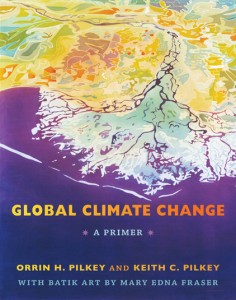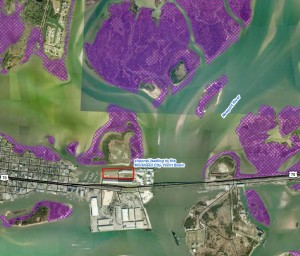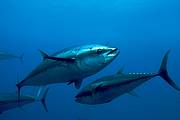
In the last century, humans have made dramatic changes to both local and global ecosystems. Some of these changes have been subtle and remained unnoticed until very recently, while others were so visible and so destructive that their names are indelibly etched into our collective consciousness. Despite a legacy of desolation, many of these places, unsafe and long-abandoned, have made dramatic recoveries. Standing tall, but not alone, among these environmental catastrophes is the melt-down of reactor 4 at the Chernobyl Nuclear Power Plant.





